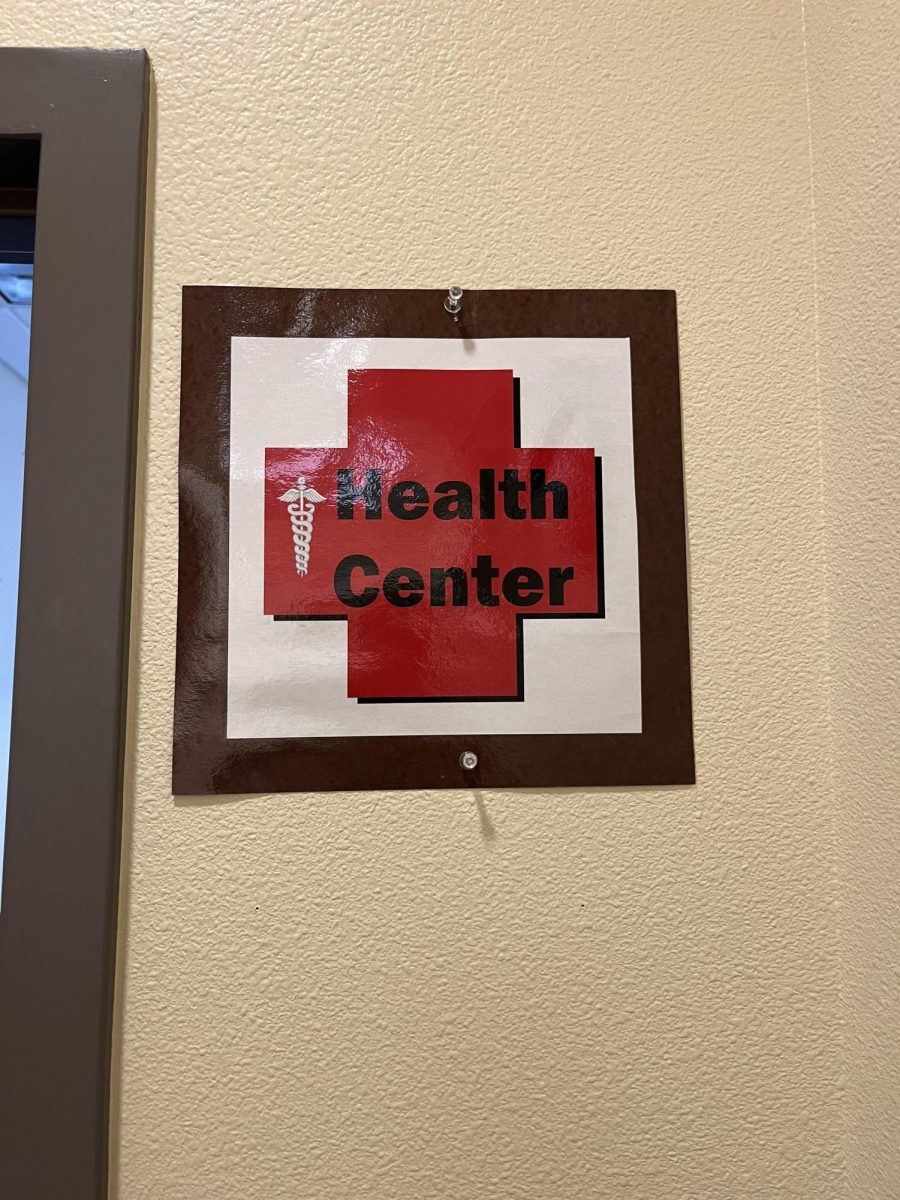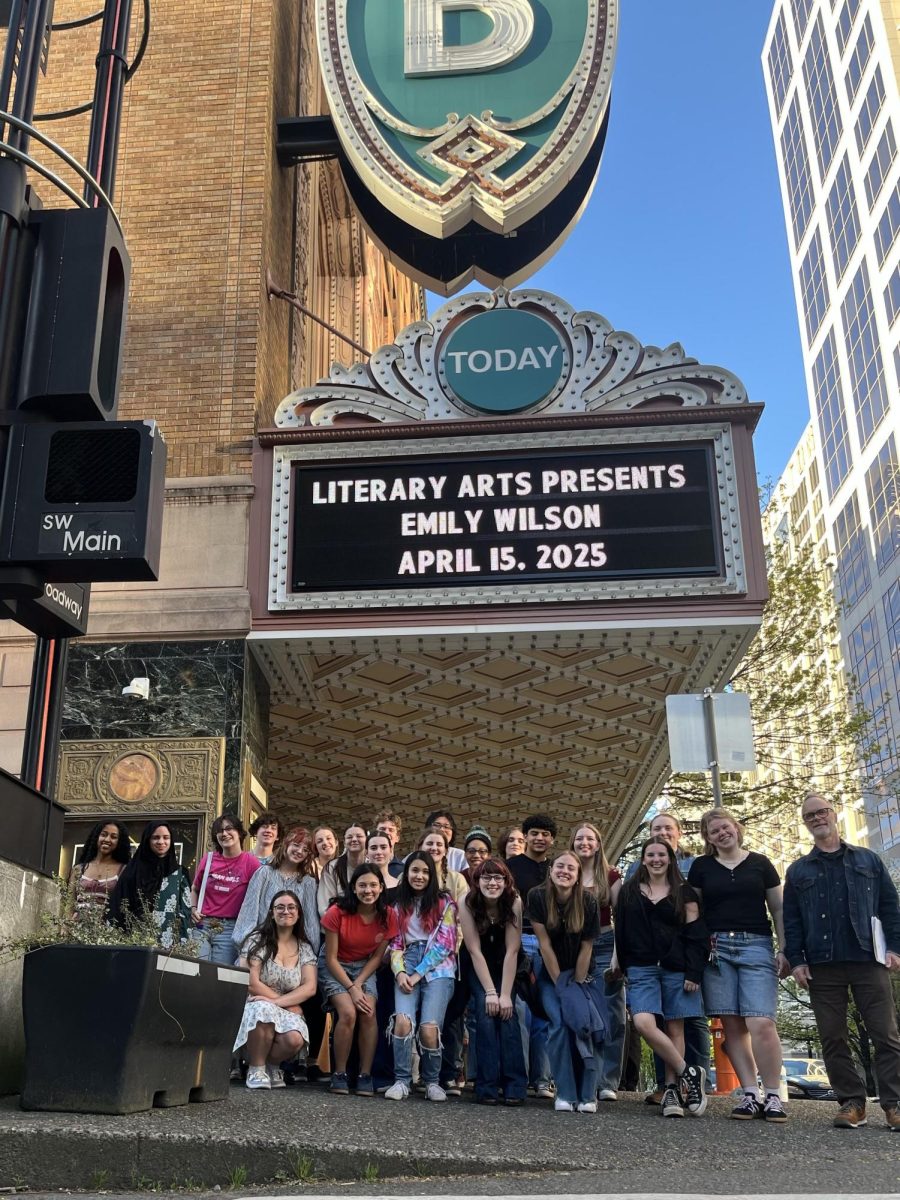(This story was originally published in The Elevator in June, 2023.)
As the population of Oregon City grows the population in school increases, how does this affect the staff and students? How does this ever growing problem get fixed? After doing an extensive internet search and interviewing both students, teachers and principals the conclusion could be made that less is more.
According to the multiple articles on overcrowding the most common issues that arise from overcrowded classrooms are: not enough of the teacher to go around, classroom discipline issues, struggling students falling further behind, standardized test scores suffer, increased noise level, poor building or environment conditions, increase in illness risk, teacher and student burnout and less access to equipment and technology.
Are overcrowded classrooms and overcrowded schools the same issue? According to the National Center for Educational Statistics, Condition of America’s Public School Facilities: 2012-13 (ed.gov), overcrowding occurs when the number of students enrolled in the school is larger than the number of students the school is designed to accommodate. A study done by the University of Kentucky in 2017 examined 192 Kentucky High Schools between the years 2002 and 2015. https://uknowledge.uky.edu/cgi/viewcontent.cgi?article=1282&context=mpampp_etds The study showed that approximately 27% of these schools showed overcrowding for three, four and five consecutive years, but the study did not show a statistically significant effect on academics. Though what it did show was that an overcrowded classroom or teacher/student ratio does have a negative effect on academics, this is different from overcrowded schools which again is based on the number of students allowed that corresponds to the size of the building.
An interview was conducted with a random group of OCHS students to get their perspective on this subject. They were asked several questions relating to how they feel about the amount of students in the hallways and in their classrooms and how this affects them academically and personally. Here are some of their responses: “The hallways are too crowded and I don’t get enough individual help with assignments,” states Trey Wells.
Allyssa said, “This school is very crowded, more than last year”, and she gets ignored by the teachers when she asks for help.
“The lunch line is too long and there is not enough time to get my food and eat it in a reasonable amount of time, ” said Lucas.
Bailly Wilson said, “Yes definitely this school is overcrowded.”
Lillian stated that the largest class size was about 40 kids and some kids had to sit on the floor. She complained about the overcrowding in her Chemistry class and how she has to be careful and not trip on feet and backpacks.
Rocky Smith, Art teacher OCHS states, “ that this year we have the least amount of students in this school.”
According to an article in EducationWeek National Center for Education Statistics (NCES) – Publications & Products a study was conducted where the school district found that when they moved students from an overcrowded school into new buildings the academic advancements were equal to 35 additional days of instruction a year. Additionally, students that remained at the older schools but with less students also improved in test scores.
The National Center for Education Statistics (NCES) Condition of America’s Public School Facilities: 2012-13 (ed.gov), defines classroom overcrowding as “when the number of students enrolled in the school is larger than the number of students the school is designed to accommodate”. Overcrowded classrooms can have a harmful effect on both teachers and students. The Tech Edvocate listed classroom overcrowding as one of the “20 reasons why the American education system is failing.”20 Reasons Why the American Education System is Failing – The Tech Edvocate Issues like teacher shortages, (alot due to Covid), increased enrollment and decreased funding are the main reasons for overcrowded classrooms.
“Class size is what makes the difference in the quality of instruction and the relationships the teachers build with each student,” states Cathy Lehmann (a teacher and principal in the Oregon public school system for over 30 years). “What I have seen when class size is manageable is that kids learn more and teachers deliver better instruction which all keeps the stress down.” she said. She believes that funding or lack of funding is the number one reason for overcrowding issues and saw this happen in Oregon when Measure 5 passed. Measure 5 was an initiative passed in November 1990 to rein in rising property taxes. Proponents argued the measure wouldn’t harm public schools and could even help struggling rural schools by forcing the state to spread out income tax money collected from wealthier parts of Oregon. Oregon School Funding Still A Challenge, 25 Years After Measure 5 (klcc.org)
Our schools are overcrowded. The smaller the class, the better the learning. A research study by the National Center for Education Statistics found that 14 percent of US schools exceed capacity. Condition of America’s Public School Facilities: 2012-13 (ed.gov) According to Principal Lehmann, “ The kids today have much higher social emotional needs than she has ever seen in her career as an educator. This along with the overcrowding and lack of staff has made the job of teaching and learning more difficult.”
According to Derrick Meador with ThoughtCO, “In an ideal world, class sizes would be capped at 15 to 20 students.” Solutions for Teaching in an Overcrowded Classroom (thoughtco.com) Mostly what the schools see today is 30 to 40 students per classroom. This problem will probably be with us for quite some time so what are some possible solutions to this problem?
Manchester Superintendent Thomas Brennan suggests, “Creating classrooms where students can take courses through the Virtual Learning Academy Charter school as well as in “remote classrooms” is what is needed. ” https://www.theedadvocate.org/the-sad-truth-about-americas-schools
Some ideas are already being implemented today in some areas, here are some ideas that could be used for open discussion. First and foremost lobby for more funding, develop more grant opportunities, solicit local donations, year round schools, take advantage of ability grouping, provide teachers with aids, staggered student schedules, portable classrooms and virtual and blended classrooms.Search Education Week (edweek.org)







